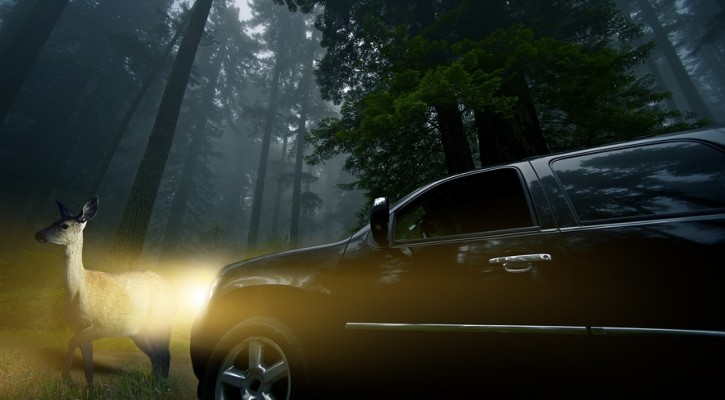
Deer On The Roads
October 21, 2014
It almost happened to me this past weekend. I was driving just after dark when, at the last second, I caught a glimpse of a deer about to cross the road. I hit my brakes, honked the horn and, luckily, she changed direction and ran back into the woods. I hate to think of what would have happened if I had hit her at 40 mph.
Wildlife experts say most crashes between deer (including moose and elk) and cars happen between October and the end of the year. There are a couple of reasons for this. Farmers have harvested their crops so the source of food and cover for deer are now gone and they’re looking for new feeding grounds.
It’s also mating season so the stags will be out in search of mates and gathering a harem. If you see one deer, chances are there will be more close by. They’ll be most active between sunset and dawn.
As you drive after dark, especially in rural areas, keep a watchful eye on the sides of the roads. Deer blend in with their surroundings so, sometimes, the only thing you may see will be the reflection of their eyes in your headlights. Be prepared to slow and honk your horn. You also need to be aware of other traffic on the road if you have to hit the brakes.
Sometimes the only choices you will have if a deer crosses in front of you will be bad ones. Swerving to avoid hitting the deer could send your car out of control. Hitting an animal that large is going to do a significant amount of damage to your vehicle but, sometimes, that’s the safer choice.
If you see the deer early enough, slow, honk your horn and be aware that there will probably be more nearby.
